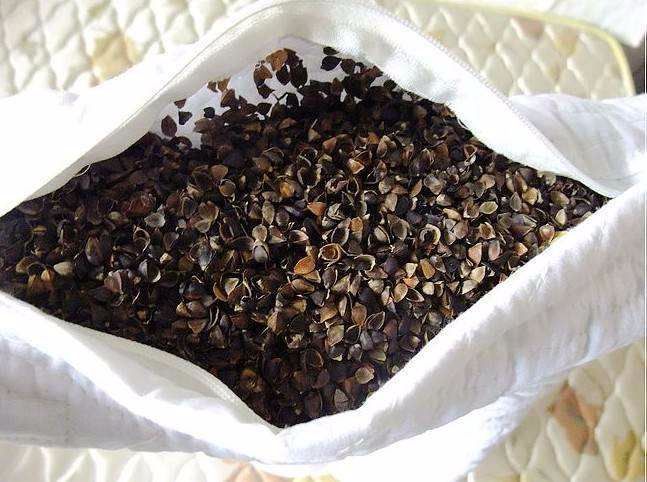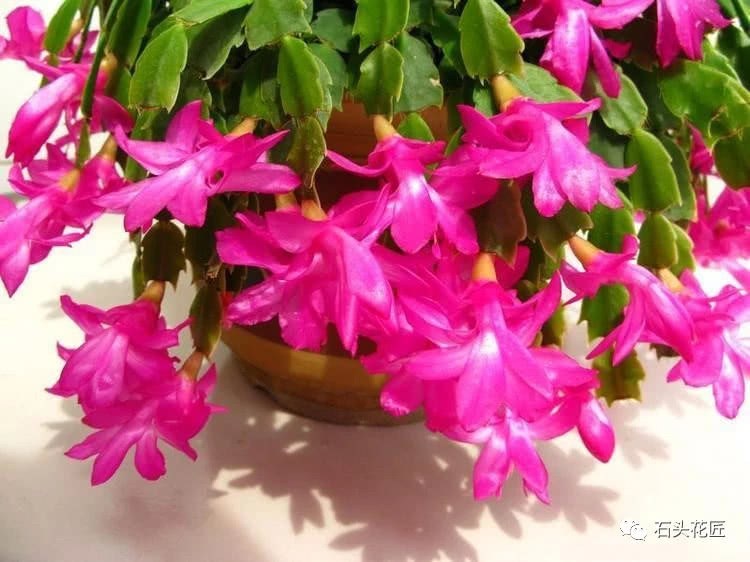The kitchen waste turned out to be a green basket and hanging orchid nutrient solution is now added for half a year without fertilization.

Stone has always had a point of view: people who like to grow flowers are diligent people; people who like to grow flowers are delicate people; people who like flowers are people who are good at discovering life. I do not know this point of view, do you flower friends agree? Just like all the flower friends. Flowers have been raised in stones for many years. On the one hand, it is because I really like growing flowers; on the other hand, I spend my time at home and always like to find some tips for growing flowers on my own.
For example, looking for all kinds of fertilizers at home. Stone tries to brew flower fertilizer with soybeans; it uses discarded peel to make flower fertilizer. Recently, the stone took out the waste oil from the range hood at home as flower fertilizer. Buried in the orchid and green turnip basin, the plant growth effect is very good. Today, the stone will be shared with you, using the waste oil from the range hood at home to make flower fertilizer, buried in the orchid and green turnip basin, so that they can grow quickly. Fertilize now, there will be no need to fertilize this year. Simple and convenient. And save fat money.
Kitchen "waste" is unexpectedly green basket, hanging orchid "nutrient solution"! Now add some for half a year without fertilizing.
In the past, every time I cleaned up the waste oil in the range hood, I threw it away as garbage. A few days ago, the stone cleaned the range hood at home. I suddenly remembered that some flower friends had shared it before: it is very effective to bury the waste oil from the range hood in the flowerpot as fertilizer. In fact, the waste oil in the range hood is usually when cooking in the kitchen, some of the vegetable oil such as rapeseed oil and peanut oil become lampblack and are absorbed by the range hood. Mainly oil and vitamins and other substances, rich in nitrogen, phosphorus and other elements, can be used as plant flower fertilizer, so the stone also try. In fact, the operation is very simple, according to their own situation, can be divided into two fertilization methods:
First, bury it directly in the flowerpot
This method is the easiest, but improper operation can be risky. Dig two small holes at the edge of the flowerpot and use a spoon to pour two tablespoons of waste oil into each pit. Special attention should be paid here that the place where waste oil is added should be far away from the roots of orchid and green pineapple. In particular, it is necessary to stay away from the main root system; if it is too close, it is easy to burn the root system, causing plant death to be counterproductive. This kind of fertilization is more effective, and now it is fertilized once. There will be no need to fertilize this year. The fertilizer in the soil can fully meet the growth of orchid and green pineapple.
Second, ferment with water before watering the flowers
The main purpose of water-mixed fermentation treatment is to fully ferment the waste oil, prevent root burning and reduce the risk of use, especially for some flower lovers who are inexperienced in flower cultivation, this method is relatively safe. Put the waste oil in plastic bottles. After adding water, the mouth of the bottle leaves a gap of five centimeters from the liquid surface, because gas will be produced in the fermentation process. Leave the bottle in a cool place to ferment for a week. When it is found that there is white foam in the bottle, it means that the waste oil has been fermented, and the fermented waste oil is poured directly into the flowerpots of orchid and green apple. In particular, fleshy root plants such as Cymbidium like fermented fertilizer very much.
The waste oil in the range hood is used as flower fertilizer for orchid and green pineapple through the above two ways, and the effect of fertilization is immediate. Basically a week later, you will find that the leaves of the green pineapple grow green, and the hanging orchid will also grow a lot of new buds and green leaves. Of course, this waste oil can also be used as fertilizer and added to the flowerpots of other plants. Like crab claw orchid, gentleman orchid, happiness tree, rich tree and other plants, all like fertilizer, the effect is very good.
In fact, growing flowers is so simple, is to find the little skills in life, constantly try to explore, this is also the joy and fun of growing flowers. In fact, growing flowers is to discover interesting things in life with interest.
A kitchen range hood waste oil as a way to use flower fertilizer, hard-working flower friends quickly try it, will not let you down!
If you find it useful, please like it below, follow it and forward it to more friends. I am a stone gardener, and I share my knowledge of growing flowers every day.
- Prev

Open the unwanted pillow and take out some of the flowers in the flowerpot to rub against the succulent and fat toot.
Now there are all kinds of pillows on the market, physiotherapy pillows, cassia seeds, lavender tea, but the most primitive ones are buckwheat and even rice chaff. I remember that when I was at school, the pillow was made of rice chaff, and I could turn over the pillow.
- Next

In autumn, there are two kinds of free drinks for orchid and crab claw orchid. The flowers burst at the end of the year.
Gradually enter the cool autumn. Gentleman orchid and crab claw orchid also entered the exuberant growth period, if conditional flower friends. They can be maintained outdoors, with not only suitable temperature, good light, but also very good ventilation. Like Jun.
Related
- Wuhan Hospital Iron Tree Blooming Result Was Instantly Frightened by the Gardener Master
- Which variety of camellia is the most fragrant and best? Which one do you like best?
- What is the small blue coat, the breeding methods and matters needing attention of the succulent plant
- Dormancy time and maintenance management of succulent plants during dormancy
- Minas succulent how to raise, Minas succulent plant pictures
- What are the varieties of winter succulent plants
- How to raise succulent plants in twelve rolls? let's take a look at some experience of breeding twelve rolls.
- Attention should be paid to water control for succulent plants during dormant period (winter and summer)
- Watering experience of twelve rolls of succulent plants
- Techniques for fertilizing succulent plants. An article will let you know how to fertilize succulent plants.

